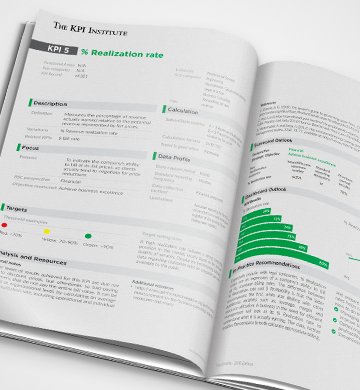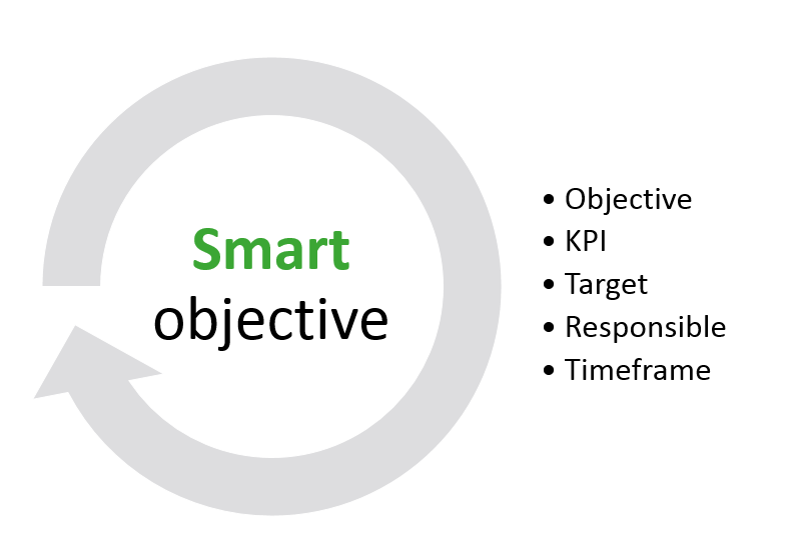Organizational development is a worthwhile and wise decision. The KPI Institute standards draw on international expertise and experience that help professionals work more efficiently and effectively.
- About
- Research
- Education
- Certification
- Certified Strategy and Business Planning Professional
- Certified Agile Strategy Execution
- Certified KPI Professional and Practitioner
- Certified Performance Management Professional
- Certified Employee Performance Management
- Certified Performance Management Systems Audit Professional
- Certified Balanced Scorecard Management System Professional
- Certified OKR Professional
- Certified Data Analysis
- Certified Data Visualization Professional
- Certified Benchmarking Professional
- Certified Innovation Performance Professional
- Certified Customer Service Performance Professional
- Certified Supplier Performance Professional
- Certified Training Professional
- Verify Certification
- Community
- Evaluation
- Consulting
- Solutions
- Partnerships
Standards
KPI documentation form
The template developed by the institute provides organizations with an example of how KPIs should be understood and communicated across teams and functional areas.
Organizations can choose to simply employ this template or further customize it. Once the organization decides on the structure and key fields of the KPI documentation form, all the KPIs employed in the organization should be documented using the same format.
To learn more about KPIs related topics, we offer you the completed documentation form on Employee Engagement Index. You can register for the three-day Certified KPI Professional course and In-house delivery of trainings customized to your organization’s needs is also available.


Standards in naming KPIs
Having all indicators expressed the same way, helps assuring consistency within the organization.
Once standardization is implemented, a KPI library can be formed. This translates in having in place a well-developed system, that remains functional across time, regardless the persons in charge with the KPI data gathering or reporting.
In an effort to make KPIs more easily comparable across industries, functional areas and organizations, the Institute has established terminology standards:
KPIs start with one of the symbols below
|
Value of
|
Number of
|
Percentage of
|
Qualitative statement
|
|
|
|
|
|
Objectives start with verbs
Example: Maintain high levels of profitability
Initiatives start with nouns
Example: CRM implementation project
SMART Objective

|
SMART Objetive
|
Increase current market share by 20% by FY end under Sales Manager`s Leadership |
|
Objective
|
Increase market share |
|
KPI
|
% Market share |
| Target | 20% |
| Timeframe | By Financial Year end |
| Responsible | Sales Manager |
Benefits of standardizing KPI naming
- Efficiency- use less words to express the same thing (% instead of percentage of)
- Less ambiguity- different people will understand the same thing from the KPI’s name
- Differentiate- KPIs will be easier to distinguish from objectives and initiatives
Learn more about KPIs related topics
| Free resources: | Premium Resources: |
